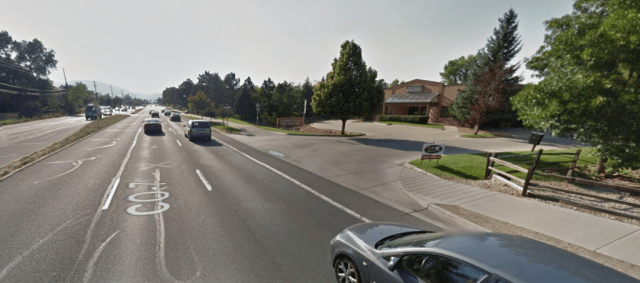Some folks in Boulder like to make analogies to exponential global population growth in discussions about our local land use decisions (see for example Frosty Woolridge, Frosty Woolridge again, Robert Baker, David Brandt, or the venerable Al Bartlett himself). These analogies are inappropriate in multiple ways.
First, steep declines in fertility worldwide have largely defused the population bomb. Second, even if the bomb were still ticking, the population changes we see in Boulder, and more generally the Front Range of Colorado, the US and the booming megacities of Asia aren’t about population growth per se, they’re about migration. In the developing world, it’s migration from rural areas to cities. In the already rich countries, it’s mostly migration between cities, often from low-wage regions to areas with better jobs and higher quality of life. Or it would be anyway, if we actually let people build housing in those places.
How we choose to build and rebuild cities to accommodate these migrations and humanity’s peak population later this century will largely determine our ultimate impact on the Earth’s climate and biosphere, and the quality of life that humanity has access to. Contrary to many “population bomb” narratives, the main problem here as it relates to climate isn’t the impact of large numbers of poor people, because small numbers of rich people are responsible for the overwhelming majority of current greenhouse gas emissions. How we accommodate those wealthy, high emissions populations makes a big difference, both directly, and through the example it sets for the rapidly expanding global middle class.
